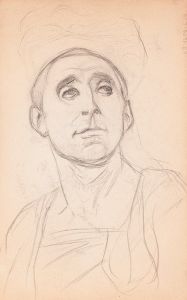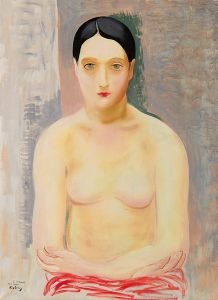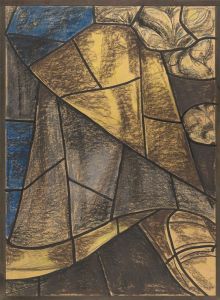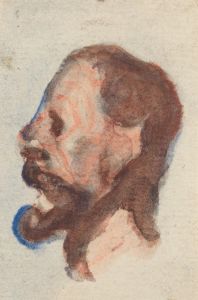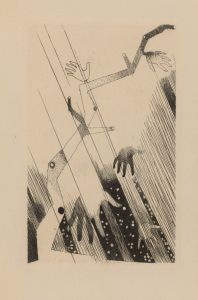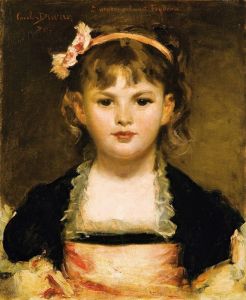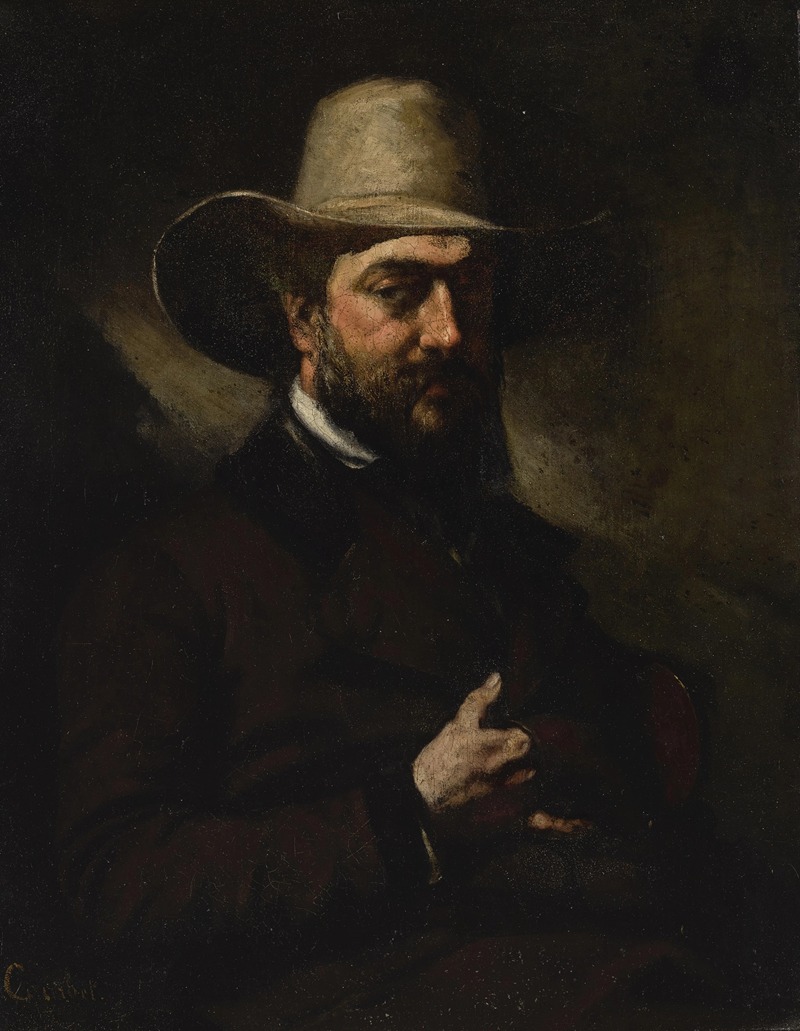
Portrait d’Urbain Cuenot
A hand-painted replica of Gustave Courbet’s masterpiece Portrait d’Urbain Cuenot, meticulously crafted by professional artists to capture the true essence of the original. Each piece is created with museum-quality canvas and rare mineral pigments, carefully painted by experienced artists with delicate brushstrokes and rich, layered colors to perfectly recreate the texture of the original artwork. Unlike machine-printed reproductions, this hand-painted version brings the painting to life, infused with the artist’s emotions and skill in every stroke. Whether for personal collection or home decoration, it instantly elevates the artistic atmosphere of any space.
Gustave Courbet, a prominent French painter and a leading figure in the Realist movement, is known for his commitment to depicting everyday life with unembellished accuracy. One of his lesser-known works, "Portrait d’Urbain Cuenot," exemplifies his dedication to realism and his skill in portraiture.
Gustave Courbet was born on June 10, 1819, in Ornans, France. He emerged as a pivotal figure in the 19th-century art world, challenging the conventions of academic art with his focus on ordinary subjects and his rejection of idealization. Courbet's work often sparked controversy, but it also paved the way for modern art movements by emphasizing the importance of representing the world truthfully.
The painting "Portrait d’Urbain Cuenot" is a testament to Courbet's ability to capture the essence of his subjects with remarkable detail and emotional depth. Urbain Cuenot, the subject of this portrait, was a contemporary of Courbet, but specific details about his life and his relationship with the artist remain limited in historical records. What is evident, however, is Courbet's skillful rendering of Cuenot's features, which conveys a sense of presence and individuality.
Courbet's technique in this portrait, as in many of his works, involves a meticulous attention to detail and a rich, textured application of paint. He often used a palette knife to achieve a certain thickness and texture in his paintings, which added to the realism and physicality of his subjects. In "Portrait d’Urbain Cuenot," Courbet's use of light and shadow enhances the three-dimensionality of Cuenot's face, highlighting his expression and character.
The Realist movement, of which Courbet was a central figure, sought to portray subjects as they were, without idealization or romantic embellishment. This approach was in stark contrast to the dominant art styles of the time, such as Romanticism and Neoclassicism, which often focused on idealized beauty and historical or mythological themes. Courbet's realism was not just a stylistic choice but also a philosophical stance, reflecting his belief in the importance of representing the truth of human experience.
"Portrait d’Urbain Cuenot" fits within this framework, as it captures an ordinary individual with dignity and respect, emphasizing the unique qualities of the subject rather than adhering to conventional standards of beauty or heroism. This focus on the individual and the everyday was a hallmark of Courbet's work and a key element of the Realist movement.
While "Portrait d’Urbain Cuenot" may not be as widely recognized as some of Courbet's other works, such as "The Stone Breakers" or "A Burial at Ornans," it remains an important example of his portraiture and his commitment to realism. The painting reflects Courbet's ability to convey the humanity and complexity of his subjects, making it a valuable piece in understanding the broader context of 19th-century art and the evolution of modern artistic movements.
In summary, "Portrait d’Urbain Cuenot" by Gustave Courbet is a significant work that exemplifies the artist's realist approach and his skill in capturing the essence of his subjects. Through this portrait, Courbet not only portrays an individual with authenticity and depth but also contributes to the broader narrative of realism in art history.





